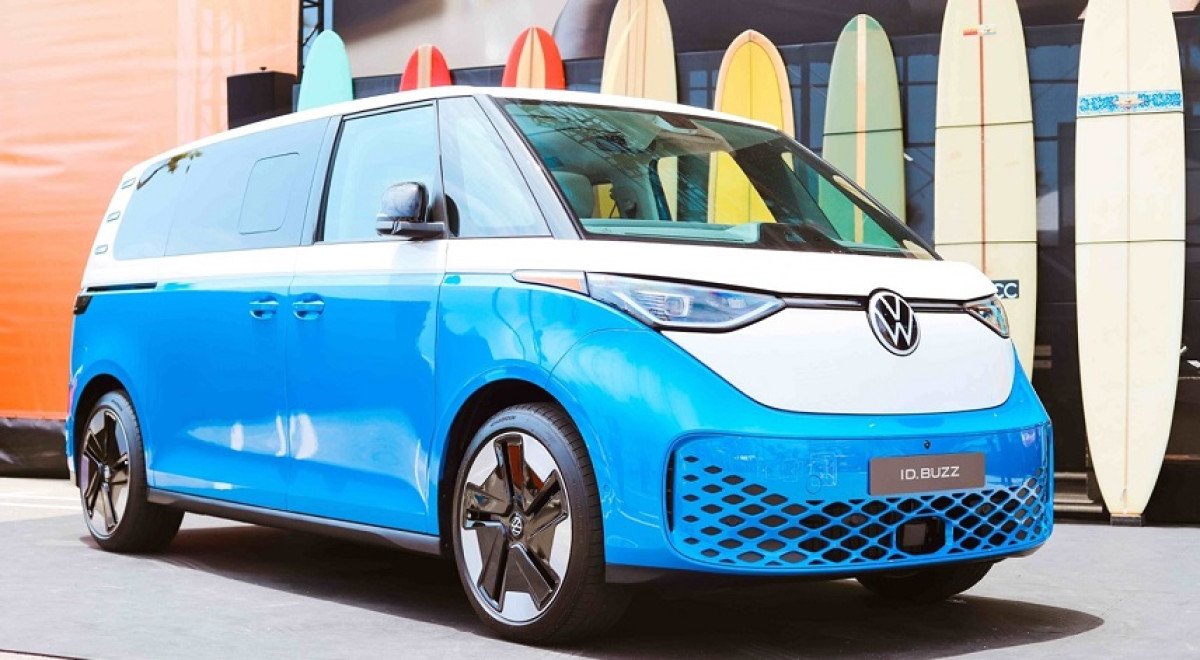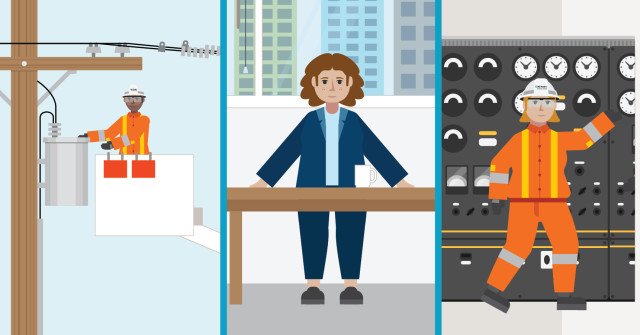For a number of reasons, it’s oh-so-tempting to compare the clean energy paths of Norway and B.C.
Each boasts a clean energy advantage, leaning heavily on hydroelectric power for electricity: B.C. at 87% and Norway at 88%. And while B.C. is about 2.6 times the size of Norway, the region’s populations are almost identical at about 5.4 million.
While most Norwegian cities sit about 10 degrees north of B.C.’s major communities, major cities in both countries face chilly winters, with similar temperatures and heating needs. Due to climate change, both are near the top of the list of areas where homes and businesses are facing the biggest increase in the number of days that require cooling.
And then there are electric vehicles. When it comes to EV adoption, no country in the world beats Norway, where more than 79% of new car registrations in 2022 were for battery electrics. By comparison, B.C. looks to be way behind at only 18% of new car sales going electric, but that 18% isn’t just the highest in Canada, it makes B.C. the EV adoption leader in North America.
So it’s no surprise that Fully Charged selected Vancouver as the location of its first Fully Charged LIVE Canada show – the world’s leading electric vehicle and clean energy technology show on September 8 to 10 at the Vancouver Convention Centre.
“Why can't British Columbia imitate what's happened in Oslo?,” asks Dan Caesar, CEO of the UK-based YouTube channel Fully Charged.
“For me, Norway is a clear model for B.C., almost like there should be a twinning of Oslo and Vancouver. There are similarities in climate as well as in wealth.”
That idea's not lost on the Government of B.C. or BC Hydro, which powers the province with its large integrated hydroelectric system that generates 98% clean electricity. In 2021, BC Hydro adopted an electrification plan that outlines how it will meet the goal of reducing greenhouse gas emissions by 900,000 tonnes by April 2026. The plan includes a focus on new programs and incentives to help British Columbians make the switch from fossil fuels to clean hydroelectricity to power their homes, businesses, and vehicles.
“Stop Burning Stuff”, the clean energy mantra Fully Charged embraces, is not yet in vogue in B.C. But in practice, it’s happening.
“Vancouver’s been on our list for a while, but we’re going there at least two to three years earlier than we originally intended,” says Caesar when asked how Vancouver got chosen for the Canadian show. “It was BC Hydro’s leadership that brought us to Vancouver. They had the foresight to get in touch with us and say, ‘We want a show here’.”
While EVs may steal the show at Fully Charged LIVE Canada, teachers who attend will discover an assortment of home energy tech and plenty of fodder for future classroom discussions. A long list of live-panel discussion topics over the three days includes: ‘How much better can batteries become?’, ‘Low-carbon food and how to create converts’, ‘Can wind, solar, and storage save us?’, ‘Should we only fly with purpose?’, and ‘How to persuade your friends and family to make a change.’
Heat pumps and EVs, and why they matter
BC Hydro recently installed the 150th fast charger in its EV public charging network, a mix of primarily 50-kilowatt stations and an increasing number of 100-kilowatt chargers in cities and along major highways.
So while Norway’s early climate action programs gave them a head start in EVs – electric vehicles in Norway outnumbered those in B.C. 30 to 1 back in 2015 – charging infrastructure and rebate programs in B.C. that borrow from Norway’s ideas are gradually closing that gap.
The use of heat pump's also gathering momentum in B.C., the result of BC Hydro campaigns and combined provincial and federal rebates of up to $11,000 for the purchase of heat pumps in homes. They’ve also become attractive because they offer cooling in a province that’s seeing increasing spring and summer temperatures, including extreme heat in many areas of B.C. and a record number of wildfires this summer.
Why do EVs and heat pumps matter? Because they help reduce our use of fossil fuels and fight climate change. Power Smart for Schools has a helpful video on electrification that explains the difference between clean energy and non-renewable energy, and the concept of electrification.
B.C.’s wildfires of this past summer are far from the only example of how climate change is creating conditions that endanger wildlife, homes and human lives, and which are costing us billions of dollars to deal with. In Florida, water in the Gulf of Mexico this summer reached hot tub temperature in at least one shallow bay, and warming water in the Gulf is killing coral and helped fuel the power of Hurricane Idalia, which made landfall at Florida’s Apalachee Bay, an area that hadn’t seen a major hurricane since recordkeeping began in 1851.
We can help students learn about the importance of curbing the use of fossil fuels through some of the in-class activities offered at the bottom of this story. We can do it through head-to-head comparisons of CO2 emissions and clean energy use between countries. We can also explore ways we can make changes in our everyday lives. That can mean taking transit or riding a bike to school rather than going in the parents’ gas-powered car. And it can spark family discussions around alternatives to vacations that require CO2-intensive flights, or about the emissions costs of heating and cooling the family home.
“Most British Columbians don’t realize that home heating is one of the biggest carbon emitters,” BC Hydro CEO Chris O’Riley told a Surrey (B.C.) Board of Trade audience last fall.
“Heating a typical single-family home with gas releases about two tonnes of carbon dioxide, and that’s equivalent to driving a gas-powered vehicle 8,000 kilometres a year.”
The good news, added O’Riley, is that BC Hydro saw applications for its heat pump rebate program nearly double from 2,200 to 4,200 between 2021 and 2022. And there are now more than 200,000 homes in B.C. using the technology.
Still, there is reticence around heat pumps for some homeowners in B.C., where 39% of homes are heated by natural gas and another 30% by electric baseboard heaters that are less efficient than heat pumps. Compare that to Norway, where there are now more than 600 heat pumps for every 1,000 Norwegian homes.
While B.C.’s adoption of both EVs and heat pumps may lag behind Norway’s, it’s helping the Canadian province in its progress to "Stop Burning Stuff", or at least burning less of it.
“If you look at carbon emissions and climate change, the key culprit is the burning of fossil fuels,” says Fully Charged CEO Caesar. “I think we're in quite a powerful position to get together with others, whether it's BC Hydro or it’s with other YouTubers, to give a powerful boost to the importance of clean energy.”
And if Fully Charged LIVE Canada helps B.C. to become North America’s equivalent of Norway, consider it mission accomplished.
Related activities on Power Smart for Schools
We offer numerous activities that provide interactive, hands-on experiences around the exploration of electrification and clean energy.
Stop idling (Kindergarten)
Students draw pictures and create slogans to help spread the word about idling.
Our clean energy (Grades 4-7)
Students think about different ways electricity can be generated and how these different methods impact the environment.
Inside an EV (Grades 6-8)
Students sort through a list of car parts and watch a video about how an electric car works.
Innovation in transportation (Grade 7)
Students explore transportation technologies that reduce greenhouse gas emissions.
Which method of generating heat would be best for your community? (Grade 8)
Students evaluate various power sources for generating heat in the homes and buildings in their communities.
EV truths and myths (Grades 10-12)
Through an interactive exploration of truths and myths, students gain a better understanding of EVs, how they are used, and how they can contribute to a low-carbon future.
Sustainable transportation (Grades 10-12)
After kicking off with a video about sustainable transportation plans around the world, students split into groups to recommend public transportation and active travel for their own communities.
Describing clean energy (Grade 12)
Students decide which physics concepts are the most useful when explaining why certain methods of generating electricity are cleaner than others.






